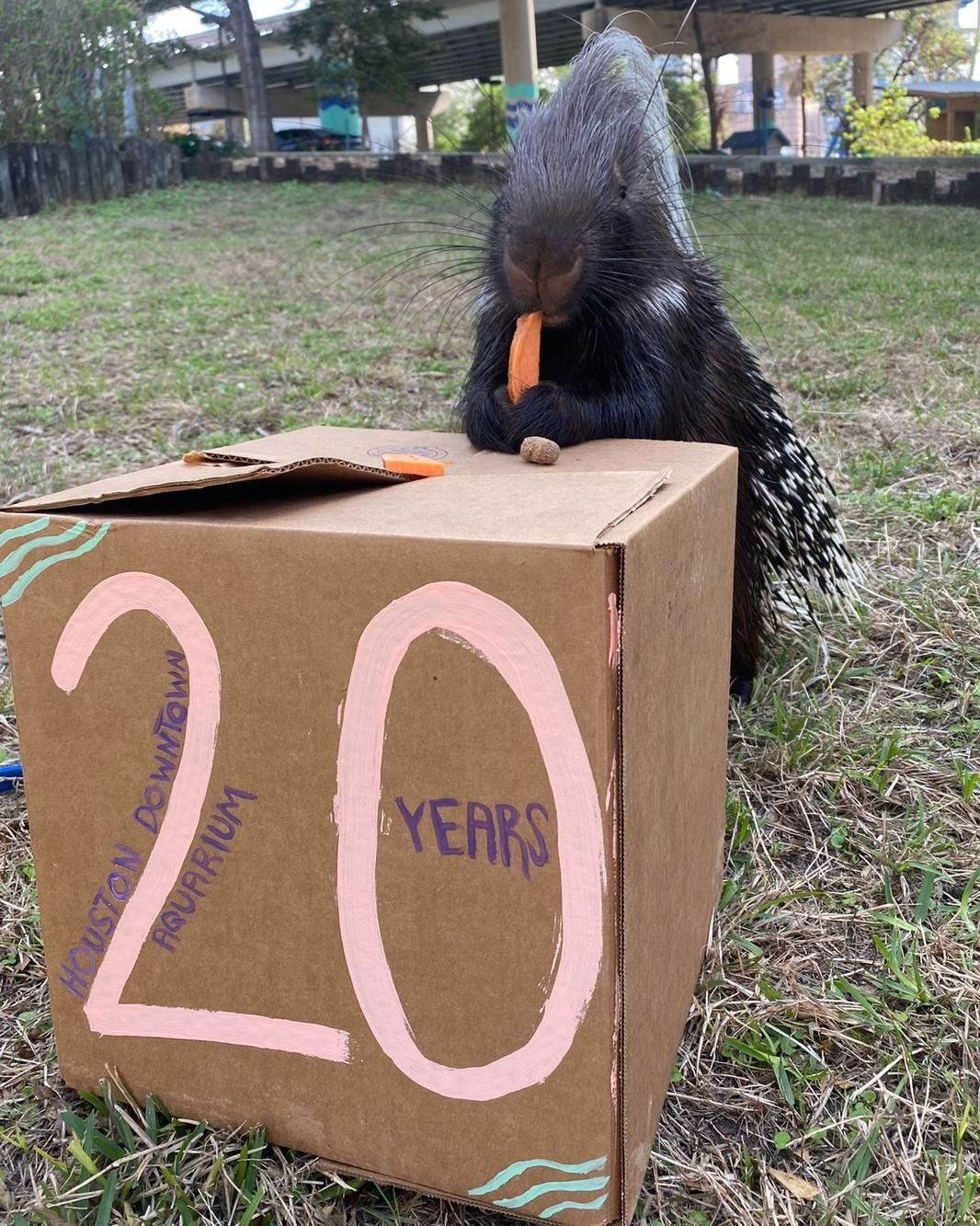African Crested Porcupine: Quill-laden Marvels with Intriguing Facts
The African crested porcupine, one of the world’s largest rodent species, is known for its striking appearance and remarkable quills. These spiky, nocturnal animals have captivated the interest of naturalists and animal lovers alike. Let’s delve into some fascinating facts about the African crested porcupine:
- Special quills: African crested porcupines possess long, sharp quills that can reach up to 20 inches (50 cm) in length. These hollow, keratin-based quills are the porcupine’s primary defense mechanism, deterring predators with their intimidating display.
- Quill rattling: When threatened, the African crested porcupine raises and rattles its quills to create a hissing sound, which warns predators of its formidable defenses. If the threat persists, the porcupine may charge backward, attempting to impale the attacker with its quills.
- Unique crest: This species is named for the range of long, bristle-like hairs that adorn its head, neck, and shoulders. The spine can be raised when the porcupine feels threatened, enhancing its imposing appearance.
- Burrow dwellers: African crested porcupines are adept diggers and create extensive burrow systems in which they reside. These caves provide shelter and help them escape from predators and extreme temperatures.
- Herbivorous diet: Unlike their North American counterparts, African crested porcupines are primarily herbivorous, feeding on roots, tubers, bark, and fallen fruit. They occasionally consume insects, small vertebrates, and carrion as well.
- Monogamous mates: African crested porcupines are monogamous animals, forming long-lasting bonds with their partners. Both parents play a role in raising their young, known as porcupines, and will fiercely defend their offspring from threats.
- Precocious porcupines: Newborn porcupines are born with soft, short quills that harden within a few hours of birth. They are also born with open eyes and can walk shortly after birth, making them relatively intelligent compared to other rodents.
- Longevity: African crested porcupines have been known to live up to 15 years in the wild and up to 20 years in captivity, which is relatively long for a rodent of their size.
The African crested porcupine is a unique and intriguing species with impressive quills and fascinating behaviors. By uncovering the secrets of these quill-laden marvels, we can foster a deeper appreciation for the diversity and beauty of the natural world.


